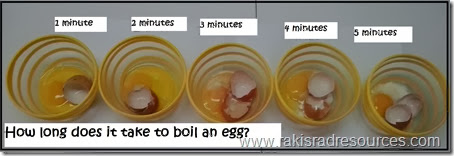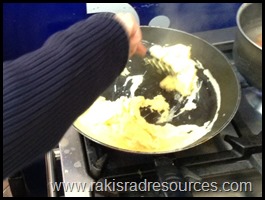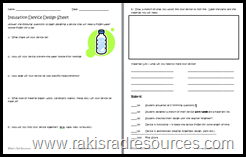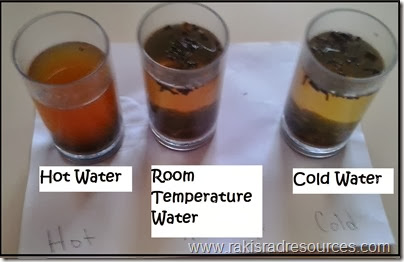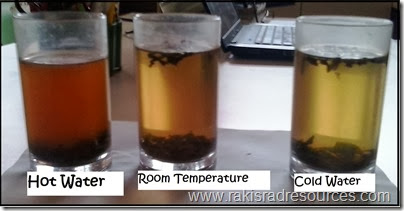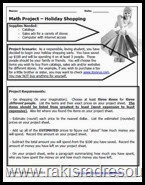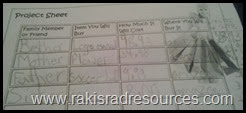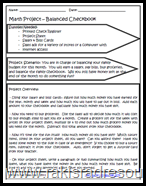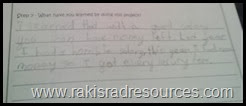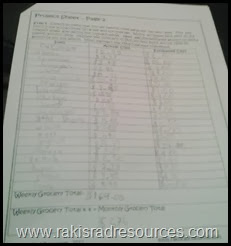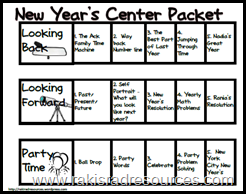My class has been learning about heat, and last week we used eggs to look at multiple different heat concepts.
First, we looked at conduction, convection and radiation by cooking three eggs in three different ways. The first egg was fried, which represented conduction – as the egg directly touched the pan, which directly touched the fire. The second egg was baked in the oven, which represented convection – as neither the egg or the pan ever touched the fire, but the egg was cooked by hot air moving around the oven. The third egg was scrambled and cooked quickly in the microwave, which represented radiation.
Next, we looked at convection through water and boiled eggs. We also looked at the fact that the longer something comes in contact with heat, the more it changes. We put five eggs into lightly boiling water and took out one egg each minute for five minutes. If I were to repeat this, I would have waited until the water was at a rolling boil or put the eggs into the water from the beginning, as the eggs did not cook as quickly as I would have liked, or I would have left the eggs in longer. However, we were able to see marked differences between the first and last egg.
Finally, I asked each of my kids to go home and find an egg recipe – from a cookbook or their parents. On Friday, we took each of the recipes and cooked them. We made scrambled eggs, deviled eggs, boiled eggs with salt and cumin, an omelet, egg crepes, sunny side up eggs and a tortilla. We even made a cookbook of all of our recipes.
Eggs are such a universal food, that this lesson combined cultures, with science, math, reading and writing.


